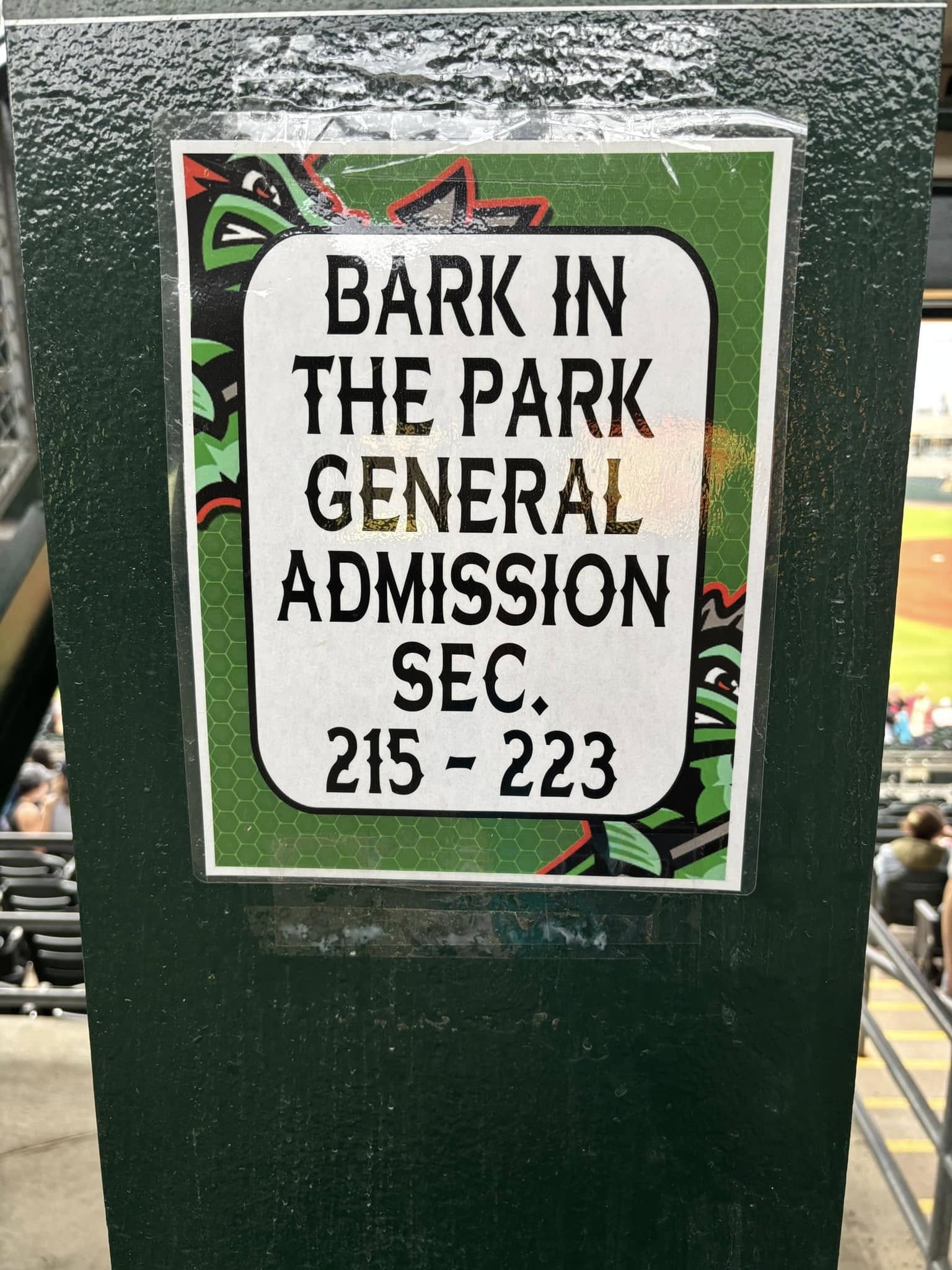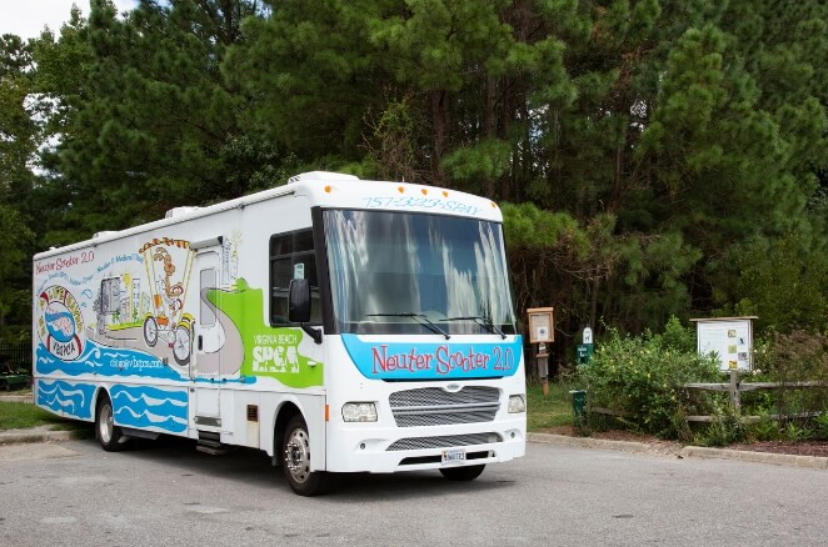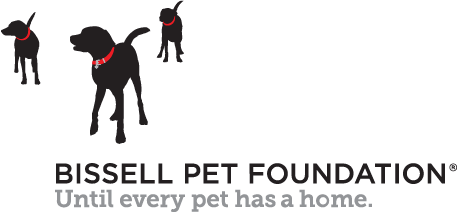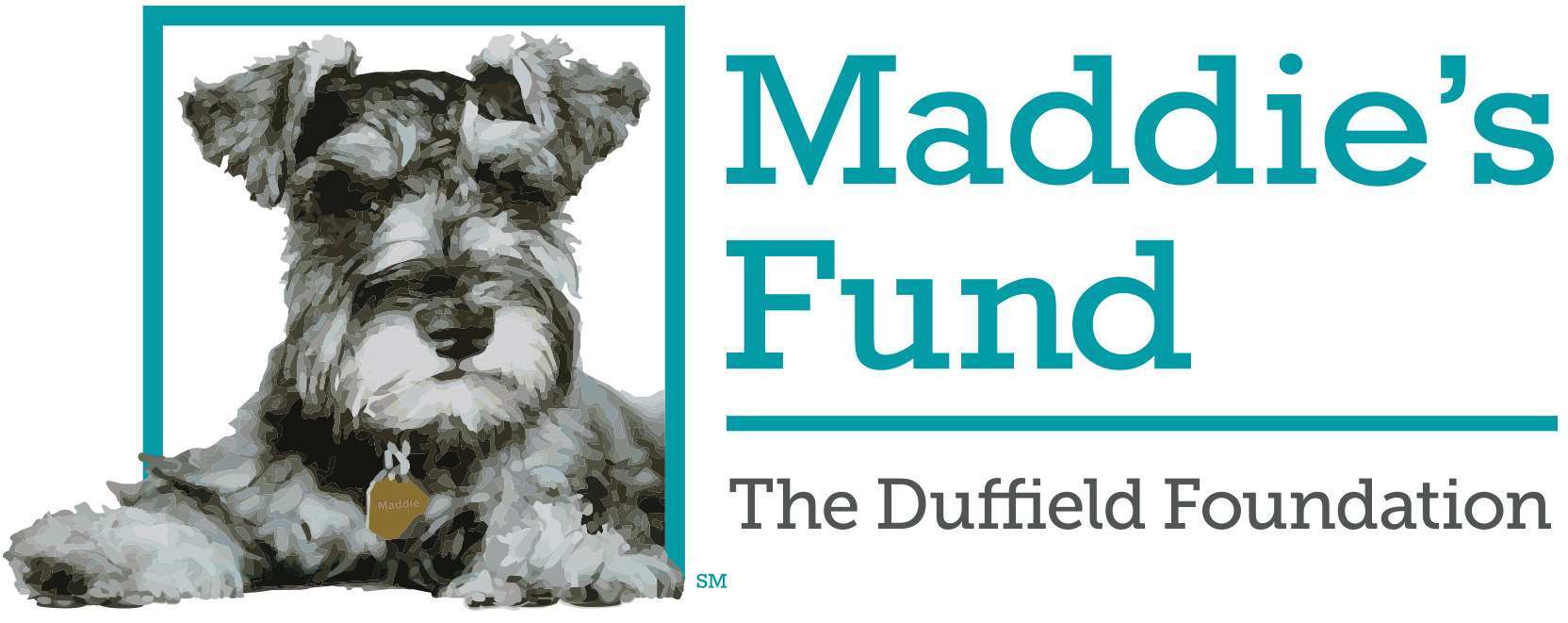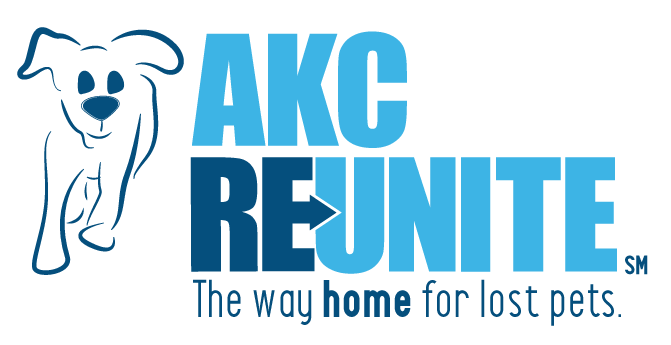Unchain Your Dog
Share this story

When dogs are kept continuously chained, they become neurotic, unhappy, anxious, and often aggressive. In addition, chaining is a threat to the safety of the dog, other animals, and humans – particularly children. Furthermore, chaining a dog continuously is inhumane.
What Effects Does Chaining Have on a Dog?
Dogs are pack animals, which means they are naturally social and adapted to live in a group with other animals. Humans often form part of this pack. By chaining your dog outside, you deprive them of social interaction. By continuously chaining them, they feel like they are being rejected from the pack, and punished, but they do not understand why. Over time, this becomes like solitary confinement for the dog, and they begin to suffer psychological damage. Their loneliness and boredom can lead to depression. If chained, even the nicest dog can begin to become neurotic, unhappy, anxious, and aggressive.
Chained dogs can easily become the target of abuse, be it from humans, other animals, or biting insects. Chained dogs are also exposed to the dangerous weather throughout the year, including storms, extreme heat, and extreme cold. They simply cannot run away from the situation.
Chaining can also cause physical harm to the dog. Collars are often too tight, and cut into the dog’s neck, causing widespread pain and irritability. Even properly fitted collars can cause sores on the dog’s neck from the constant tension of the chain. The actual chains can become tangled around objects or knotted from the dog running in circles, limiting their mobility even more, or worse acting like a noose on the dog.
Risks to Humans and Other Animals
Dogs who have been chained often become highly aggressive due to lack of socialization. When they are approached, the dog often interprets the approaching person or animal as a threat, and the fight or flight mechanism can take hold. Chained dogs cannot leave the situation, so they often fight. Sadly, many times it is small children or other animals that approach a chained dog. In 2008 alone, there were at least 260 children killed or severely injured by dogs that were chained. The small children or animals may not be aware that a chained dog is there. Even if they are aware, they may not understand that that dog is aggressive.
The Myth of the Guard Dog
Some people may treat their chained dog as a guard dog. They may interpret the aggressive nature as a good trait in such a dog. The important thing to remember is a dog of any kind is a living creature that needs love, respect, and care. Leaving a dog chained outside deprives him or her of all of those things. In addition, chained dogs do not target their aggression. They are equally likely to attack their owner, a mail carrier, or a small child. A dog that is not socialized cannot tell the difference between good and bad people or animals. Also, from the perspective of guarding, it has been statistically shown that a barking dog inside of a house is deemed as far more threatening by intruders than a dog chained up outside.
Alternatives to Chaining
There are humane alternatives to chaining. Some of the best socialized dogs live inside. If you feel your dog is too wild to live inside, you may first want to try enrolling them in an obedience class. This may enable them to live inside and be part of the family. Once a dog is freed from continuous chaining, the dog must be closely monitored when interacting with children. If the formerly chained dog now has puppies, children should not be allowed to interact with the puppies because the dog may interpret the child as a threat to their puppies. As a general rule, children should be supervised when approaching any dog with puppies. Children should also be taught not to approach the dog while sleeping or eating.
If living inside is not an option, a fence can be installed that will allow your dog increased mobility. The fence should be high enough that your dog cannot jump over it. You also need to monitor your dog to ensure that he or she is not trying to dig under it. A doghouse should also be present inside the fence that is large enough for them stand up and turn around in, and guards them from inclement weather. Each dog will need his or her own doghouse.
Building a fence and doghouse will not solve all problems. Your dog still needs love and care from you. Simply moving him or her from a chain to a fence will not increase their socialization. It is still vital for you to provide love, attention, and care for your pet.
Additional Resources
- UnchainYourDog.org
- Dogs Deserve Better
- The Humane Society of the United States


